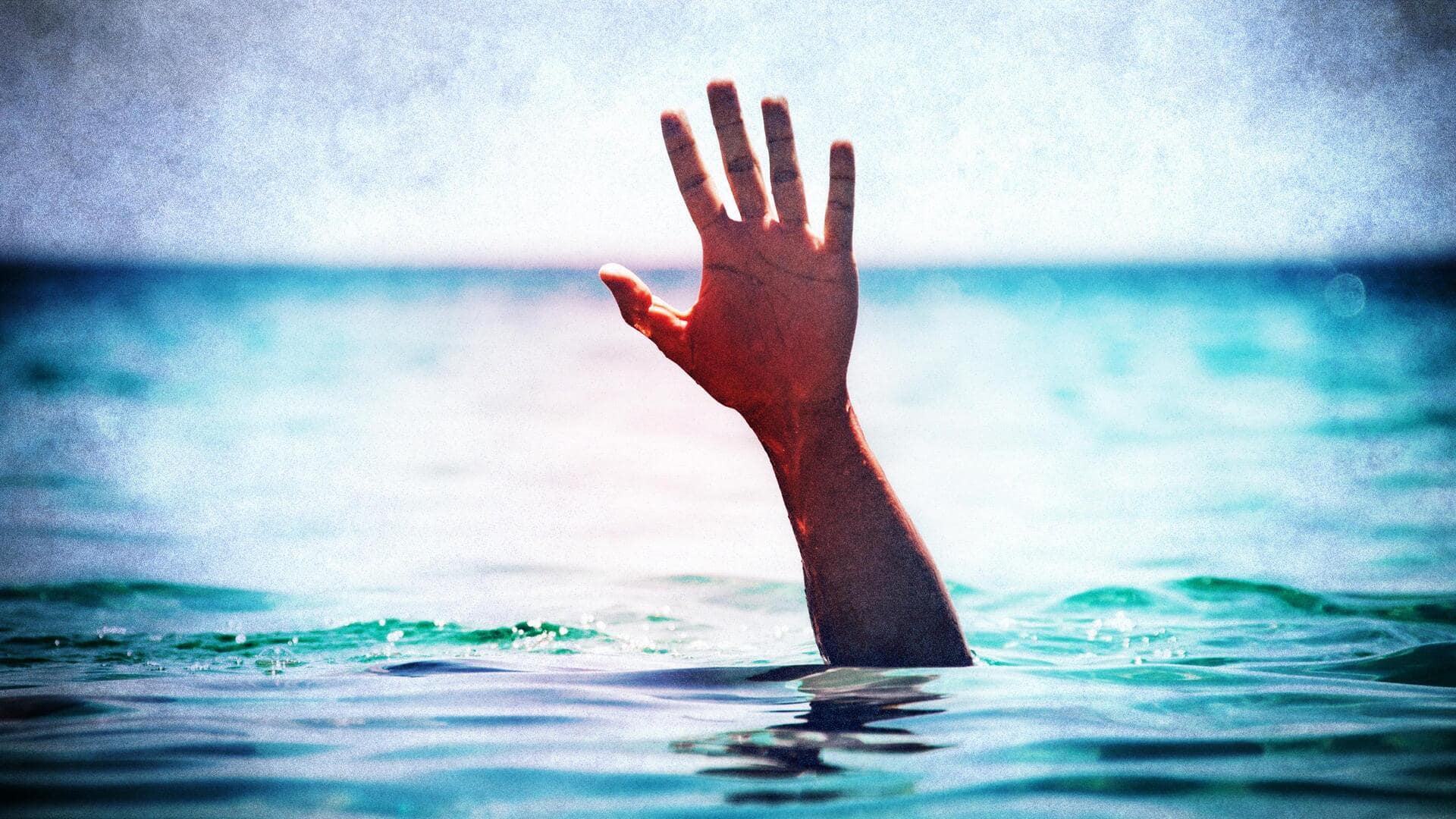
4 Indians drown at unpatrolled beach in Australia
What's the story
Four Indians lost their lives in a mass drowning on Phillip Island in Victoria, Australia, according to the Indian High Commission in Canberra. At 3.30pm on Wednesday, emergency personnel responded to reports of four people struggling in the water near Newhaven; all were found unresponsive. The victims, part of an extended family, included a man and two women in their 20s and a woman in her 40s.
Details
Rescue efforts and victims' identities
Despite immediate cardiopulmonary resuscitation (CPR) efforts, three of them were pronounced dead at the scene. The fourth victim, a woman in her 20s, was airlifted to The Alfred Hospital in Melbourne in critical condition but died later. Local media reports indicated that the 43-year-old woman was vacationing in Australia, while the other three victims were from the Melbourne suburb of Clyde.
Twitter Post
Consulate General of India team in touch with deceased's friends
Heart breaking tragedy in Australia: 4 Indians lost their lives in a drowning incident at Phillip Island, Victoria. Deepest condolences to families of the victims. @cgimelbourne team is in touch with friends of the deceased for all necessary assistance.@MEAIndia @DrSJaishankar
— India in Australia (@HCICanberra) January 25, 2024
What Next?
Incident occurred at Forrest Caves
The incident is believed to have taken place at Forrest Caves, a renowned tourist spot noted for its sea caves. Locals consider it an unsafe swimming spot because of its lack of lifeguard patrols. The beach is an exposed area on the island's south coast that is prone to rip currents. It lies just west of Cape Woolamai and is not patrolled by lifeguards. Lifeguards have urged anyone planning to swim there to stay on the area's three patrolled beaches.
Insights
Life Saving Victoria's warning and premier's response
Kane Treloar, the Life Saving Victoria state agency commander, cautioned that the section of the coast where the tragedy occurred is beautiful but hazardous. He stated, "The rip currents there on such an exposed stretch of coastline are quite significant, and only a very, very experienced swimmer should be entering the water to swim in those areas." Meanwhile, Victorian Premier Jacinta Allan offered her condolences to the victims' families and thanked the first responders for their quick actions.
Rips
What are rip currents
A rip current, or rip, is a strong flow of water running from a beach back to the ocean, sea, or lake. They can be up to 150 feet wide, although most are fewer than 30 feet. They can move at speeds of up to 8 kilometers per hour. According to National Geographic, rip currents are among the most deadly natural hazards in the world. The United States Lifesaving Association estimates that rip currents account for 80% of its rescues.
Facts
Previous drownings and coroner's report
This incident marks the worst drowning in Victorian waters in nearly 20 years, per the Guardian. Earlier in January, a man drowned at Surf Beach, just 2km north-west of Forrest Caves, and another man in his 20s died at Kilcunda Surf Beach on the Bass Coast. The police are not treating the deaths as suspicious and will prepare a report for the coroner.